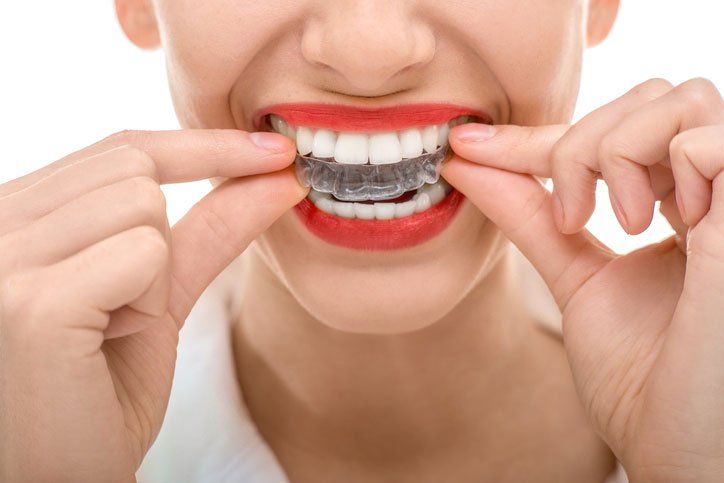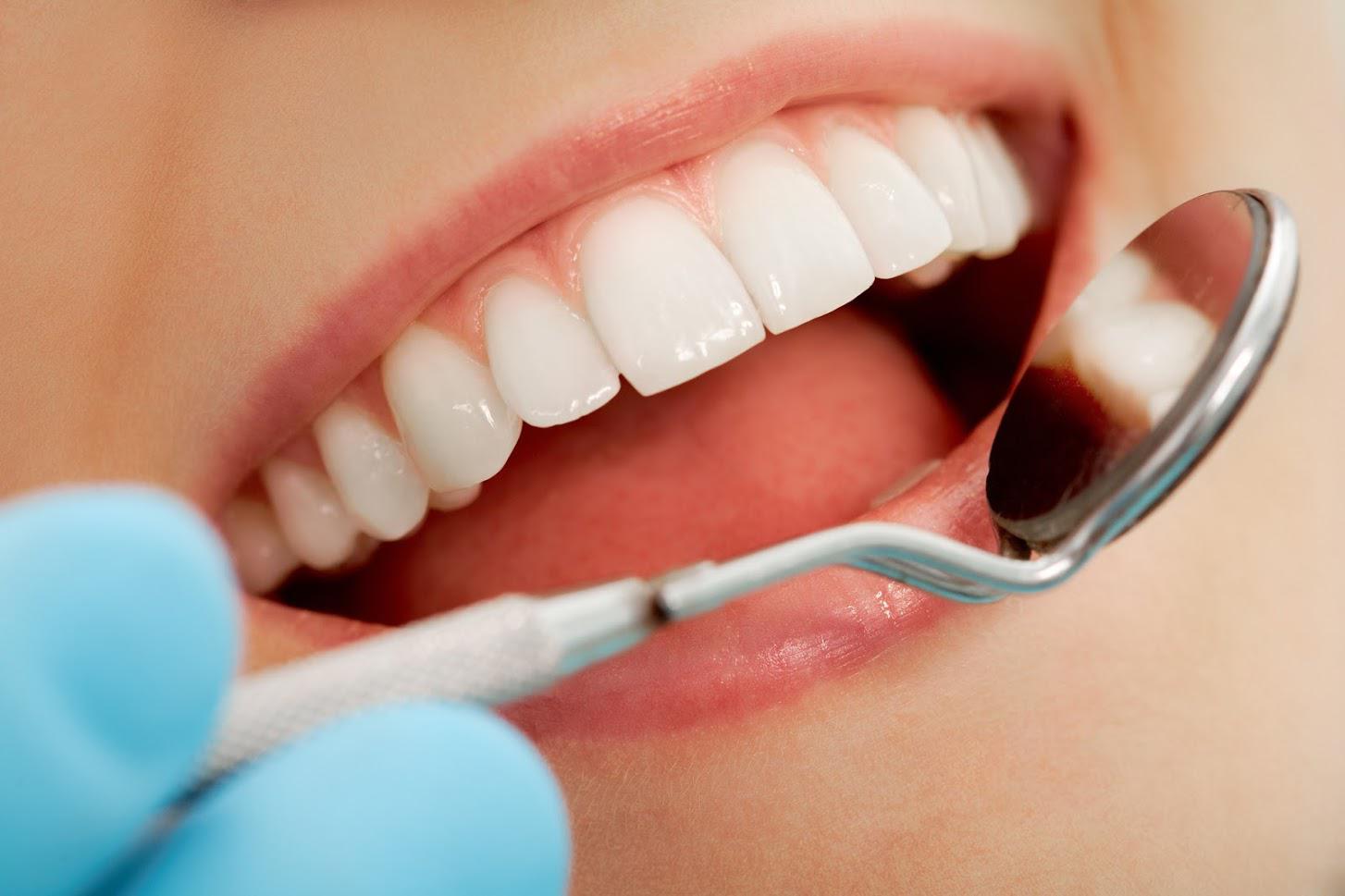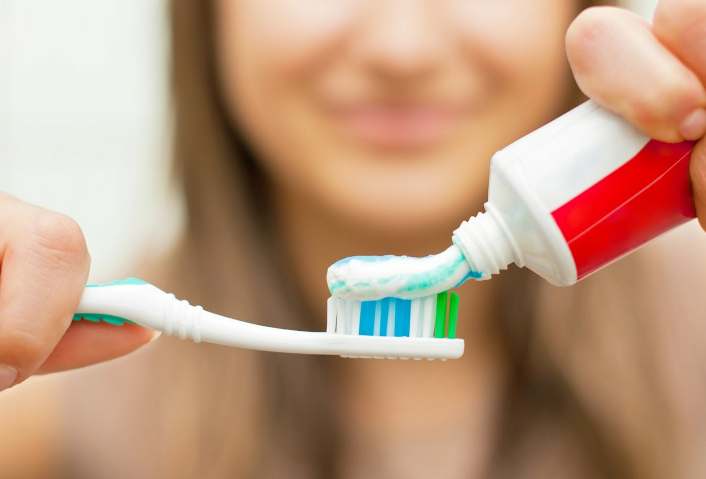What to Do When Old Dental Work Begins to Fail
- By Admin
- •
- 29 Oct, 2018
- •

Going to the dentist might not be fun for some people, but after you go, you feel a sense of security knowing that everything in your mouth is fixed, clean, and healthy.
However, sometimes old filings can cause problems that you didn't expect. Just because you had a cavity repaired does not mean that your tooth will remain healthy for years to come. Sometimes, fillings can fail, and catching the problem early can help you avoid pain and expense later on.
Amalgam Problems
Do you have some old silver-colored fillings lingering in your mouth? These fillings used to be quite popular, and many people still have them because they were less costly than ceramic or white-colored resin fillings. Ceramic or resin fillings are standard now because they preserve the color of the tooth and help your dentist to keep as much healthy tooth as possible during restoration.
However, silver amalgam fillings cause trouble because they are not bonded to your tooth. Instead, they are placed in, using the surrounding tooth structure to support the filling. Because they are not actually bonded to the tooth surface, it is easier for the areas around the filling to wear away or for the tooth itself to weaken and fracture.
Filling Failure
Resin fillings are strong, but they are not invincible. They eventually begin to wear out, and your dentist checks them to make sure they are still bonded and in good condition when you come in for dental exams. New ceramic (zirconia) restorations are the most ideal on posterior teeth (back molars).
These fillings can fail under significant stress. If you grind or clench your teeth, resin fillings wear out more quickly. Your dentist might need to provide you a night guard to help protect your teeth and your fillings from damage due to bruxism.
Fillings also have a higher failure rate if they are larger. Cavities become large when they are not caught and treated early. It's common for people to develop larger cavities between their teeth due to lack of flossing. When you have a larger filling, the dentist needs to drill further into the tooth to remove decay, and the drill gets closer and closer to the nerve of the tooth.
The nerves in teeth do not like to be disturbed. After a large filling is set, you might experience sensitivity that gets better as your tooth heals. However, sometimes the stress of a large filling in a tooth can eventually cause the health of the nerve to decline. When this happens, the large filling is no longer sufficient, and you may need a root canal procedure.
Increased Decay
Occasionally, fillings no longer function as they should because the decay starts to spread around or behind the filling. This usually happens because of poor dental hygiene or increased exposure to acidity.
For example, a pregnant woman who has bad morning sickness might experience decay around the edges of a filling. This decay can be hard to detect, but as soon as it starts, the filling should be replaced to prevent rapid decay from progressing, since the area around and underneath the filling is much softer than your strong enamel.
You might experience tooth sensitivity or a dull ache in the area of the tooth as decay begins to occur. At first, this might only happen when you eat ice-cream or when you floss near the filling. See a dentist as soon as you notice any change to prevent further damage to your tooth.
For more information about how to respond when your old fillings fail, contact the office of Michael G Landy DDS. We are happy to serve you and your dental health needs.














